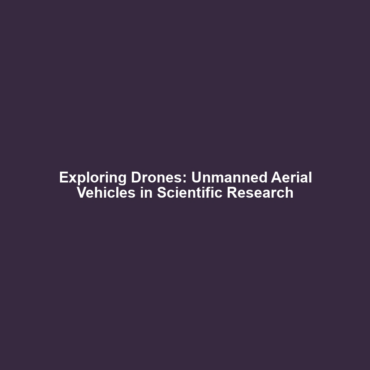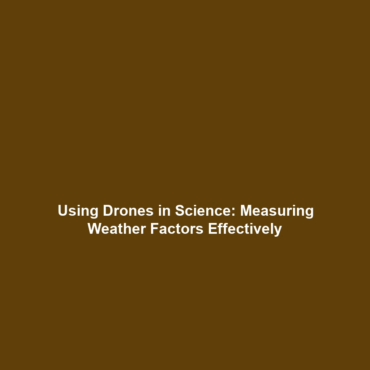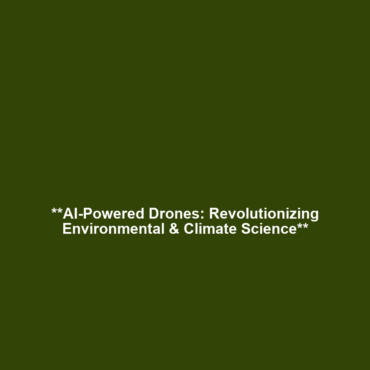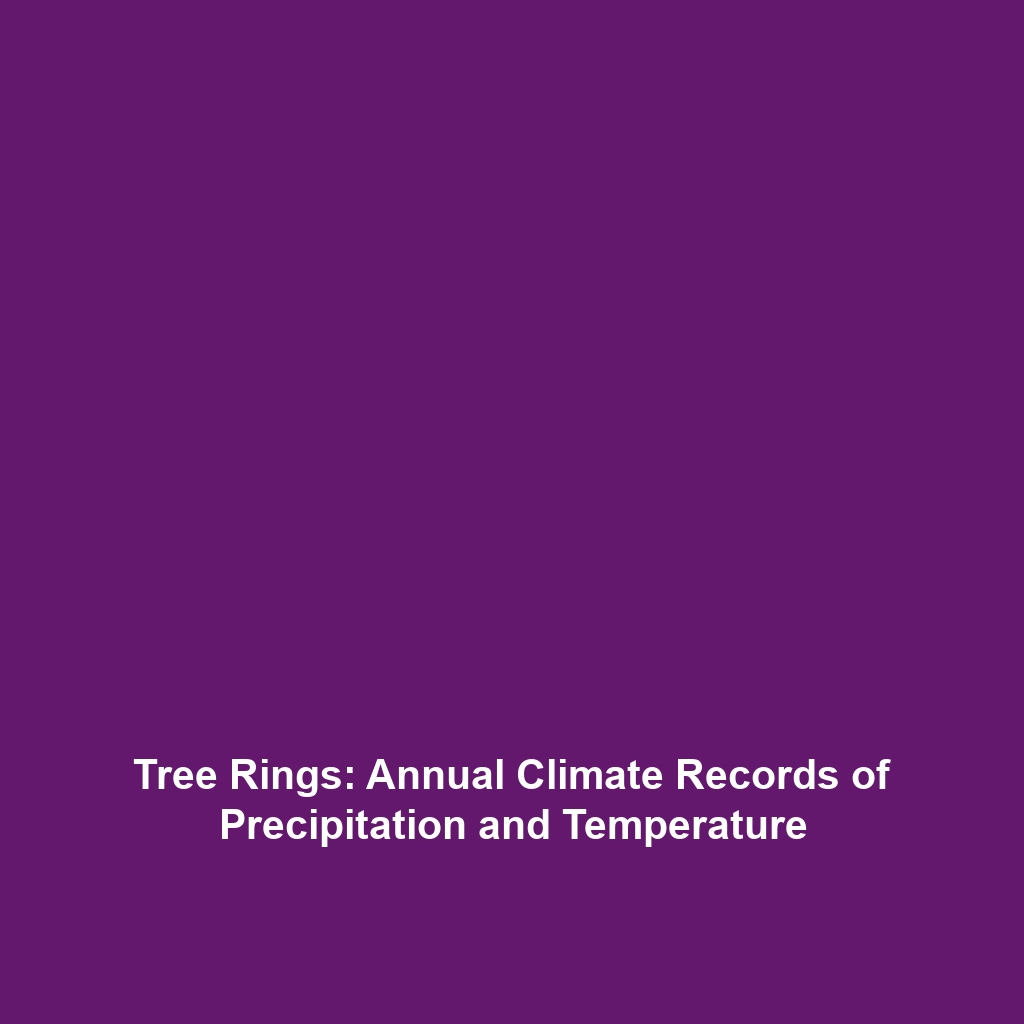Major Epochs in Human Evolution: Pliocene, Pleistocene, and Holocene
Introduction
The study of human evolution unveils a rich tapestry of development marked by significant epochs. Among these, the Pliocene, Pleistocene, and Holocene epochs played a crucial role in shaping early humans and their journey across the planet. These geological timeframes span millions of years and encompass critical changes in climate, environment, and early human behavior. Understanding these epochs is essential for grasping how early humans evolved, adapted, and spread, ultimately leading to the complex societies we see today.
Key Concepts
Pliocene Epoch
The Pliocene epoch (5.3 to 2.6 million years ago) was marked by significant climate shifts and the emergence of key hominin species. During this period, the climate became cooler and drier, leading to the expansion of grasslands and a decline in forests. This environmental change prompted the adaptation of early human ancestors, favoring bipedalism and tool use.
Pleistocene Epoch
The Pleistocene epoch (2.6 million to 11,700 years ago) is renowned for the last ice ages and the evolution of anatomically modern humans, Homo sapiens. This period saw the diversification of hominin species and the migration of early humans out of Africa, leading to widespread habitation across Europe, Asia, and eventually the Americas. Advances in tool technology and social structures emerged during the Pleistocene, shaping the behavioral aspects of early humans.
Holocene Epoch
Beginning around 11,700 years ago, the Holocene epoch marks the most recent chapter in human history and coincides with the end of the last glacial period. This epoch has seen the rise of agriculture, urbanization, and complex societies. The Holocene remains pivotal as it shaped human culture and civilizations, directly influencing modern life.
Applications and Real-World Uses
The study of these major epochs has practical implications across several disciplines. Here are some significant applications:
- Archaeology: Insights from the Pliocene, Pleistocene, and Holocene provide context for archaeological excavations, helping to interpret human artifacts and ancient human behavior.
- Climate Science: Understanding climate shifts during these epochs helps scientists predict future environmental changes and their effects on current human populations.
- Anthropology: Research into these epochs supports the exploration of human diversity and the biological adaptations that define modern humans.
Current Challenges
Several challenges exist in studying and applying knowledge of the Pliocene, Pleistocene, and Holocene epochs:
- Data Limitations: Fragmented fossil records and geological data complicate the reconstruction of evolutionary timelines.
- Climate Change: Rapid environmental changes today may obscure patterns observed in historical epochs, challenging our understanding of adaptation.
- Cultural Bias: Anthropological interpretations can be influenced by contemporary biases, impacting the exploration of early human behaviors.
Future Research and Innovations
Innovations in genetic analysis and technology promise to enhance our understanding of human evolution through these epochs. Future research may focus on:
- Genomics: Advancements in DNA extraction from ancient remains are enabling more detailed genetic maps of early humans.
- Predictive Modeling: Climate modeling techniques may help forecast how similar environmental changes in the past influenced human evolution.
- Interdisciplinary Approaches: Collaborative research combining archaeology, anthropology, and climate science is likely to yield a holistic understanding of human evolution.
Conclusion
The Pliocene, Pleistocene, and Holocene epochs are fundamental to grasping human evolution’s intricacies. By studying these periods, we not only learn about how early humans evolved and spread but also gain insights into our potential futures in an ever-changing world. Further exploration into these epochs is essential for unlocking the mysteries of our past and comprehending the trajectory of humanity.
For more information, visit our sections on Human Evolution and explore related topics.









